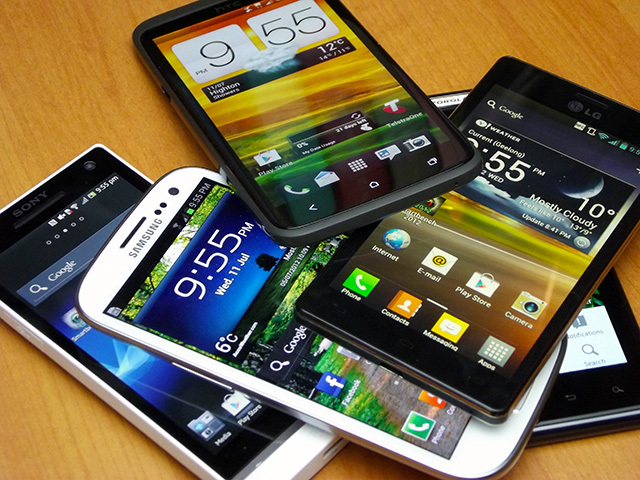While overall sales of Smartphones continue to climb, the high-end phones have dropped off for smartphone manufacturers like Samsung and HTC. Samsung’s shares have fallen by 17% since mid-March this year, and HTC’s have decreased nearly 30% in the past month. What does it mean for mobile advertising, app development, and mobile web design?

Affordable Smartphones Cause Decline in High-End Model
Barclays’ Dale Gai says, “The whole high-end smartphone industry is slowing … it’s a saturated market.” Analysts say that the wide availability of affordable smartphones is responsible for this decrease in demand for high-end models.
CK Lu from Gartner says, “…a year ago, you didn’t have many choices in low-end smartphones. But now in the China market, you can buy a 5-inch smartphone for around US$200.” 29% of the global smartphone market is made up of local and Chinese manufacturers, with Chinese companies Huawei Technologies Co. and ZTE Corp. in the top five spots in global shipments.
High-end smartphone developers are creating cheaper models to adjust to these developments. Apple is expected to release a lower-cost version of the iPhone later this year, and Samsung has announced a “stripped-down” version of the Galaxy S4 Mini.
Growth for high-end smartphone companies has slowed down, but that hardly means the smartphone industry and demand for mobile services is decreasing. Let’s take a look at the statistics for the first two quarters of 2013 to see how quickly mobile use and demand keeps growing.
Continuous Success in Mobile Advertising
A study conducted by mobile advertising network InMobi in early 2013 revealed that mobile advertising drives both app downloads and website traffic. 80% of the study’s 15,000 respondents said they downloaded a new app after seeing a mobile ad, and 67% visited the brand’s website immediately afterward.
More Time Spent in Mobile Apps and on Mobile Web
The average smartphone owner spends about 2 hours each day using their device. A recent study conducted by UK mobile network O2 revealed that most of that time is spent on the internet and using social media. According to analytics and app service provider Flurry, the average U.S. consumer spends 80% of that time using apps, with gaming apps, Facebook, and Safari being the most popular.
The use of mobile devices for web browsing has continuously increased since 2010. In the first quarter of 2013, website traffic to eCommerce sites from tablets and smartphones rose to 10.58% and 10.44% respectively, which is nearly double the statistics from the first quarter of 2012.
Higher Demand for Business App Development
One of the more interesting trends in mobile app development for 2013 is the increase in demand for business apps. Thanks to the availability of mobile devices and the “bring your own device” (BYOD) movement, many companies now have custom-apps made to help them do work and manage their business. Intel, the first company to implement BYOD policies, developed mobile tools that allow them to send instant messages, process purchase requests, and access internal information easily.
With smartphones becoming available to more people and owners spending more and more time using their mobile devices, the demand for mobile apps, mobile websites, e-commerce and m-commerce will just keep growing. As David Johnson, general manager for UK devices at O2 says: “Smartphones are now being used like a digital ‘Swiss Army Knife’, replacing possessions like watches, cameras, books and even laptops. While we’re seeing no let-up in the number of calls customers make or the amount of time they spend speaking on their phones, their phone now plays a far greater role in all aspects of their lives.”
In the market for a business app or in the need to drive more digital commerce? Let’s talk, Creativo Media has the expertise and experience to optimize your digital footprint for mobile commerce.

